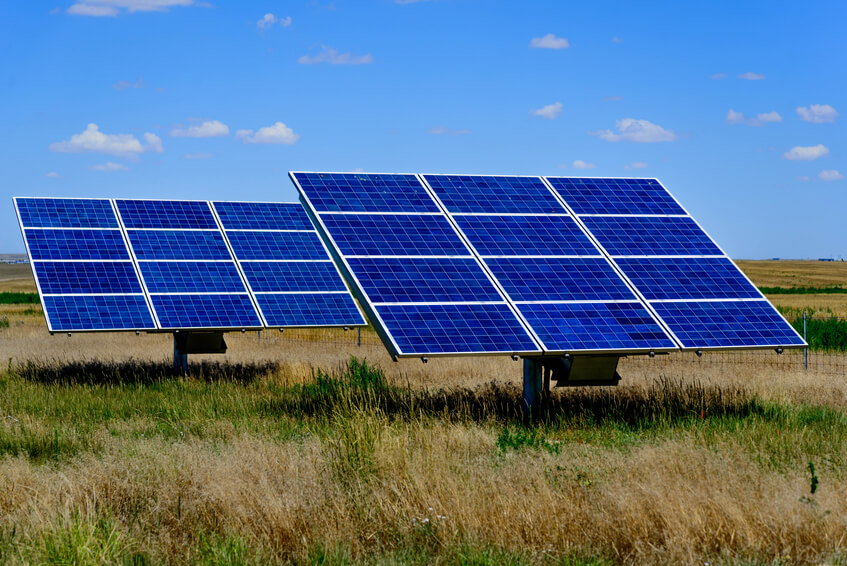Shade snow and other obstacles reduce the output of your solar panels.
How to account for shading obstructions solar panels.
Shading analyzer systems are necessary for selecting the most suitable installation site to sustain enough solar power.
A shaded solar cell is similar to a clog in a water pipe.
Afterwards changes in solar data throughout the year must be evaluated along with the identification of obstructions surrounding the installation site in order to analyze shading effects on productivity of the solar power system.
Therefore only a small amount of shading can have a dramatic effect on the power output of a solar.
If your panels don t get a lot of sun they won t work as efficiently as advertised.
Trees and buildings or other landscape features such as hills can block incoming radiation and cast a shadow reducing the usable solar radiation.
4 minutes if the sun isn t shining on your solar panels they won t be able to produce energy.
Solar panels are over 3 feet wide and 6 7 feet tall depending on configuration.
Many obstructions can cause shading.
This is significant because every cell in the cell string has to operate at the current set by the shaded cell.
Shading can also occur by accumulated debris on the surface which can be more severe in certain regions of the world.
When trees or other obstructions are shading solar panels efficiency losses and reduced power generation may become problematic.
A solar panel shading analysis is a simple but crucial part of the solar panel power system process.
This prevents the unshaded cells from operating at maximum power.
Trees chimneys antennas buildings power lines other array parts.
Shading analysis is a process of quantifying the impact of shading on solar output.

